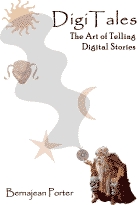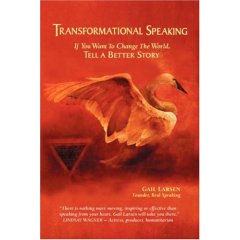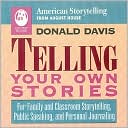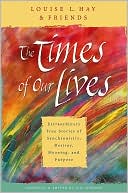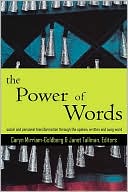Svend-Erik Engh, who appeared at the 2007 Golden Fleece conference, offers guidelines (which I’ve adapted/edited below) for giving feedback when listening to stories:
There are four steps in “interactive response:”
After you hearing a story the listener should:
1. Tell about the clearest picture in the story. When the storyteller is rewarded with an clear answer, he/she feels: I heard you and you gave me something.
2. Tell about the theme of the story. What have you heard and understood from the story?
These two are closely connected, so start with 1 and 2 together and then go to:
3. Say something nice about the way the story was told
4. Ask if the response was useful
Engh says: “A task for us now is to link this experience to the world of organisations. How does this influence managers?”
In another exercise, Engh asked participants to:
Tell of a time where you heard a story that had influence on your life. That you can remember. Focus on what happened before the story was told and after. How can we make sure that our story is heard and remembered? Is there something in the preparation of the situation that reflects the impact of the story? Can you prepare the room? Is it how well you know the story? Is it remembered because it is personal ˆ that it deals with something that matters both for the listener and for the storyteller? In a business setting: Can you prepare by telling it to a colleague? Can you prepare your listener? Can you adjust the story, so it hits the listeners?
Engh is curious about finding stories in conversation. “A story connects the two sides of the brains (again: Interaction),” he says. Engh wonders whether a conversation does the same thing. “Of course a conversation is more interactive and therefore more useful than one way communication, but does it stimulate both heart and brain? And can you look at body of a person involved in a conversation and observe the translation, when the conversation changes into a story.”
Similarly, Sandor Schuman offers a procedure for Listening and Giving Feedback to Stories adapted from “Toward a Process for Critical Response” by Liz Lerman here.
An important element of the process is that the teller decides what is included in the process and when it stops. For example, the teller could opt to stop after appreciations, or anywhere else in the process, or skip any of the steps (except the first!). The teller is in control, assisted by the facilitator. All present must be active listeners for the process to work effectively.
1. Listening: Close, attentive listening that shows the teller that he/she has the listeners’ complete attention. This is evident in the listeners’ body language and facial expression that reflects the active listening process.
2. Appreciations: Appreciations can be global (I love the way you tell the story) or specific (You projected that child’s confusion so well). Listeners respond to something they heard that was special to them; particular moments that struck them; “things that popped!”
3. Teller’s Questions: This is the teller’s opportunity to ask questions of the listeners. Specific questions work better than general ones. (Was that part clear to you? What did you think of my use of _____?)
4. Listener’s Questions: The listeners ask neutral questions. Instead of saying “It’s too long,” or “That was confusing,” ask “What were you trying to accomplish in that part?” “I didn’t understand the part where ____” or “Why was the mother so angry?”
5. Suggestions: Suggestions are not critiques or criticisms. They offer an idea the teller might want to try. Most importantly, all suggestions must be positive. For example, “I have a suggestion on a direction you could go in, would you like to hear it?” or “Have you thought of _____?” The teller has the option of saying yes, no, or later. The teller decides which to accept, reject, or save for later consideration.
6. Subject Matter Discussions: Sometimes the subject of the work is such that responders want to get into a discussion about its content. This is also a place for personal stories, memories, or feelings that may have come up for a listener.


